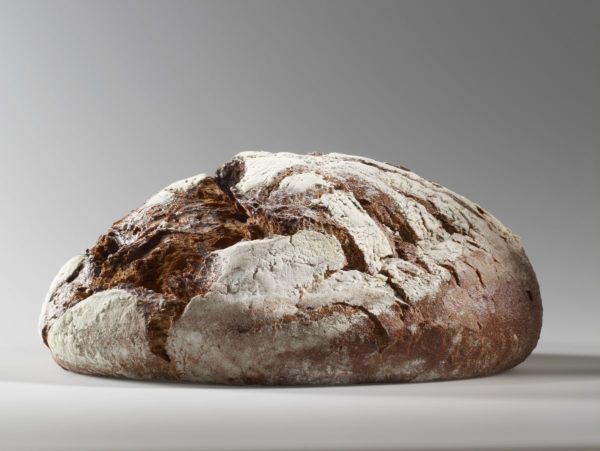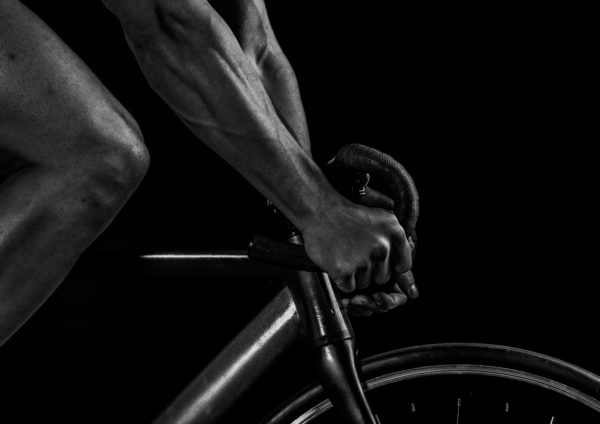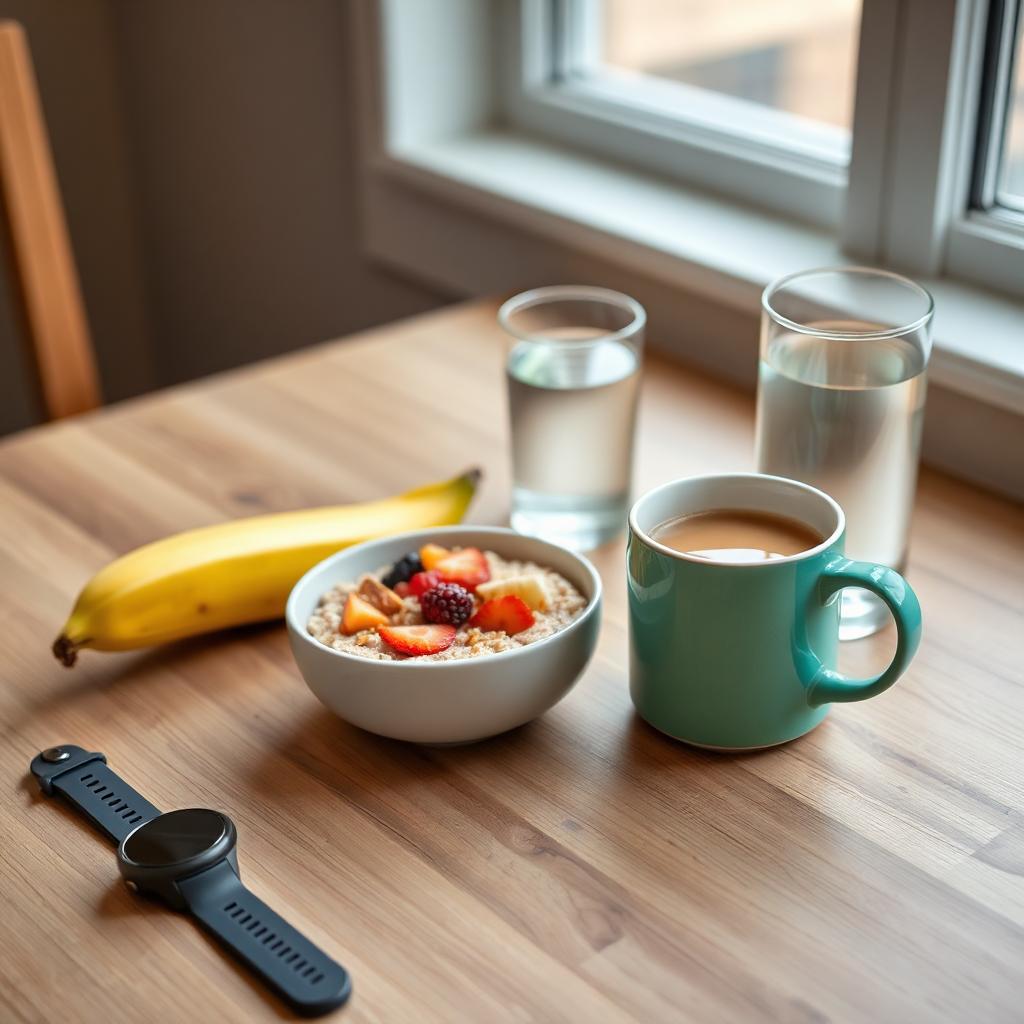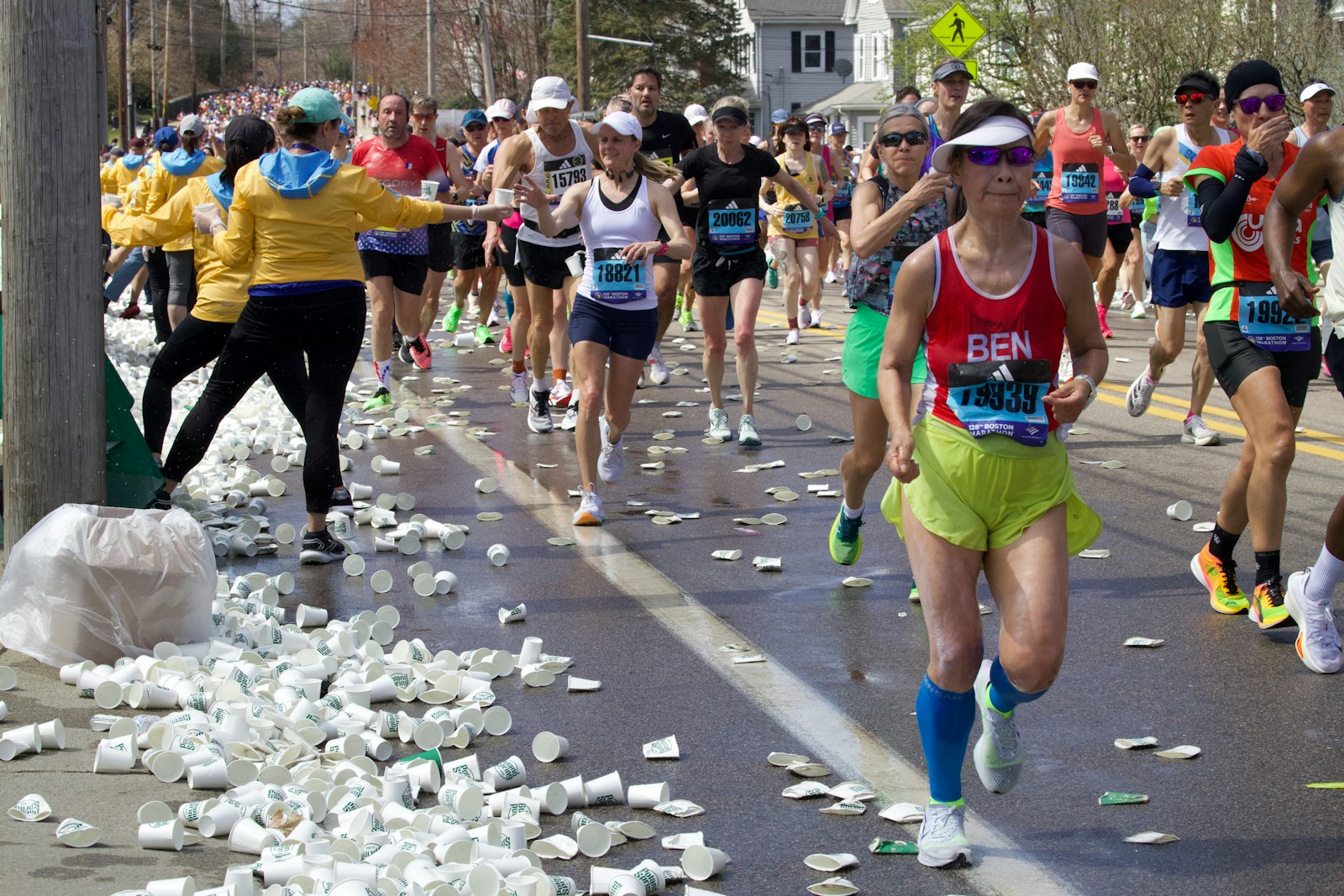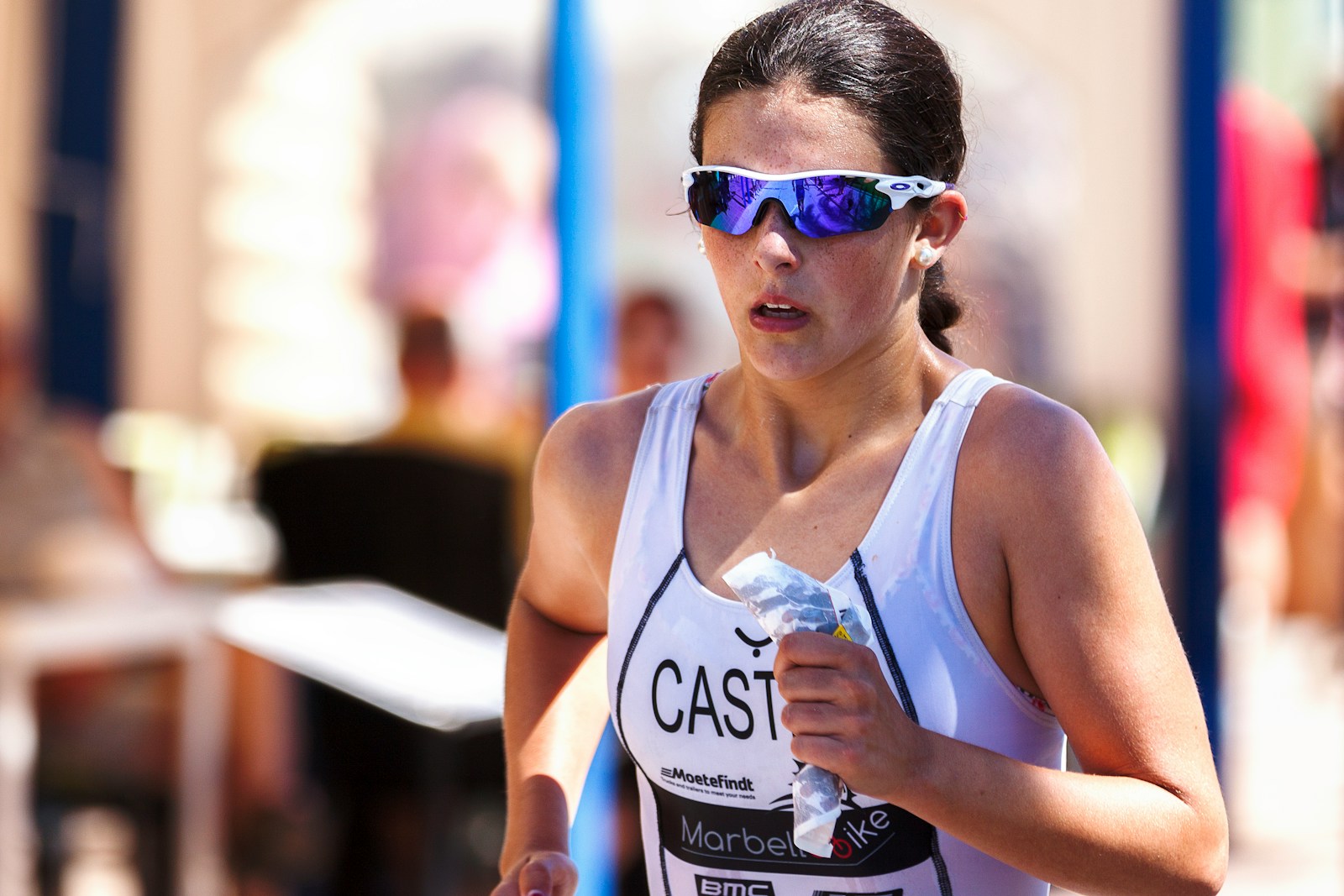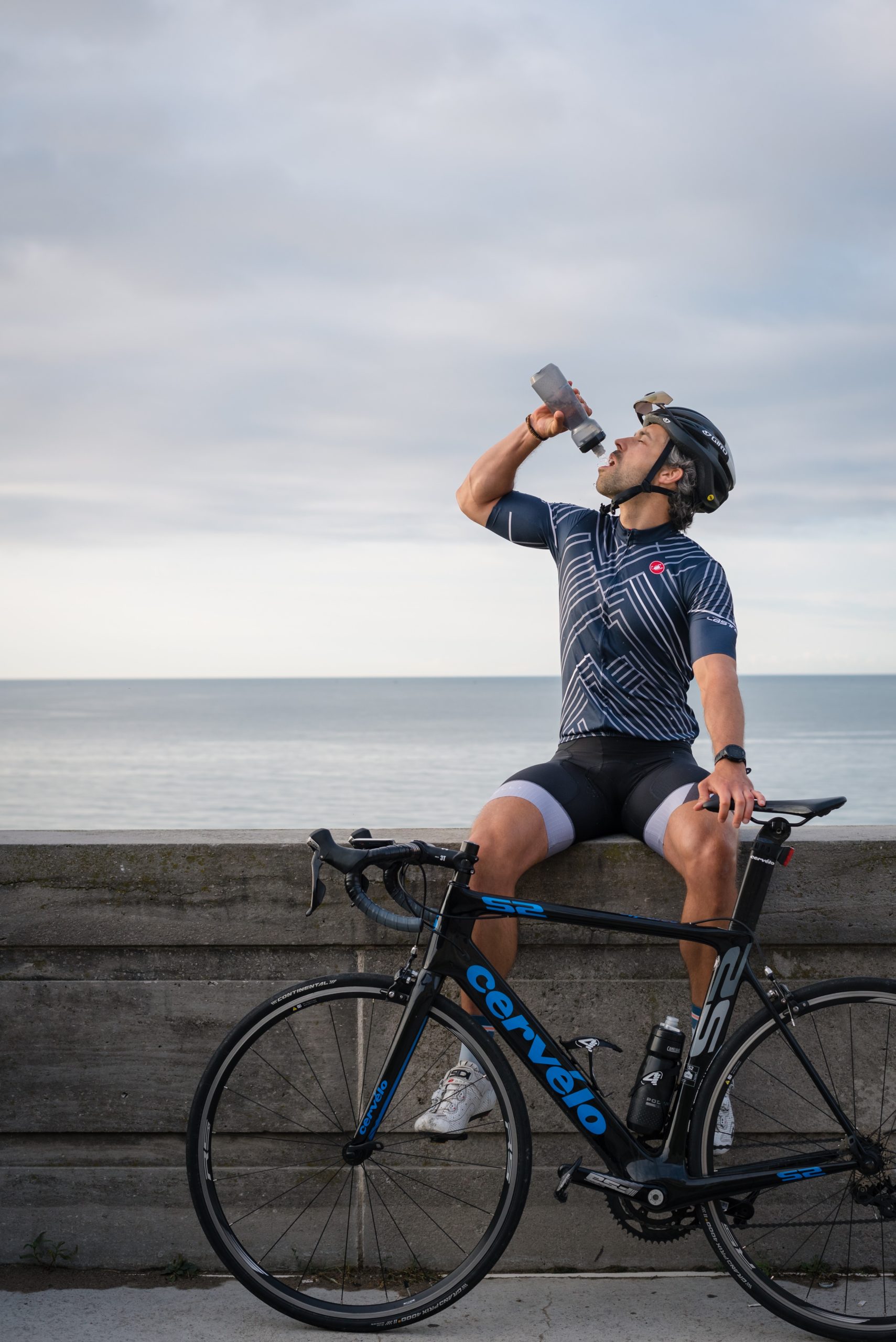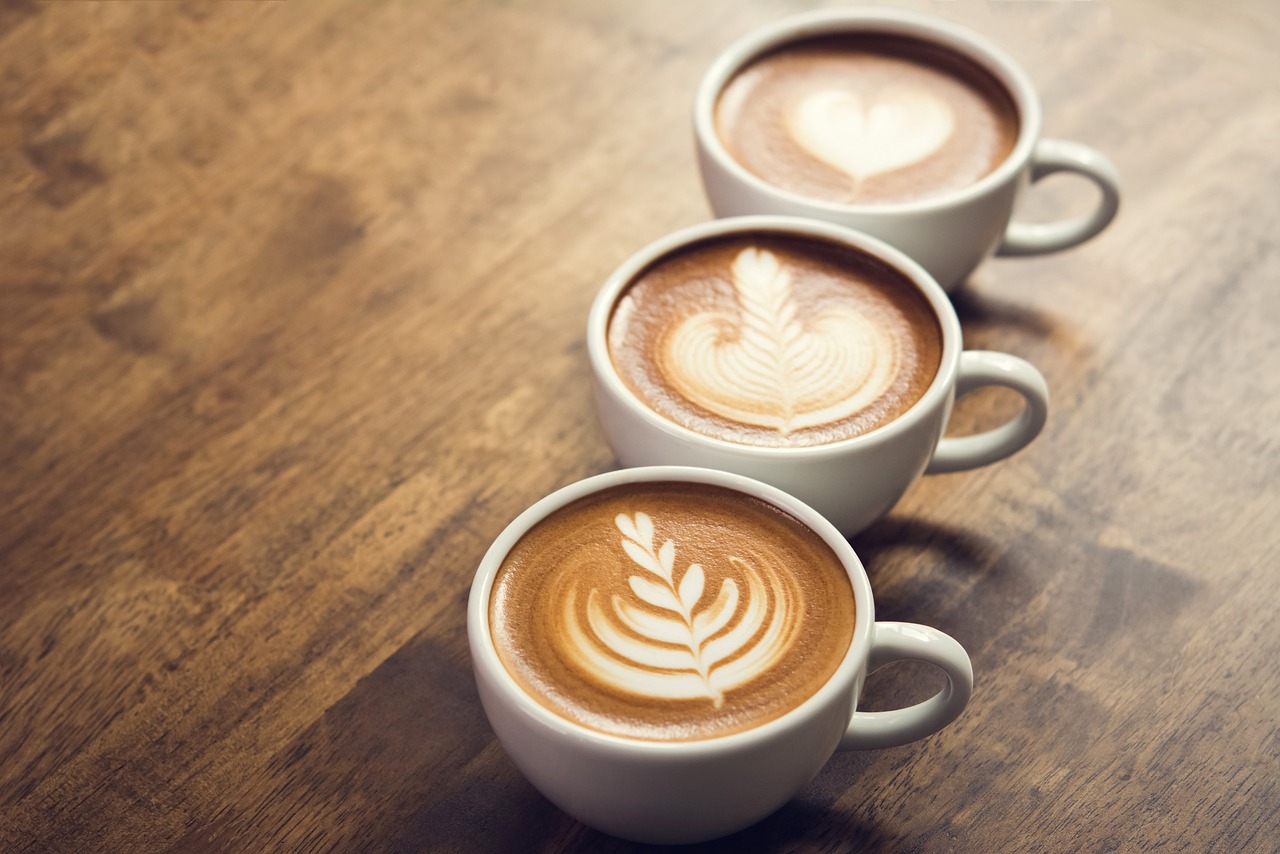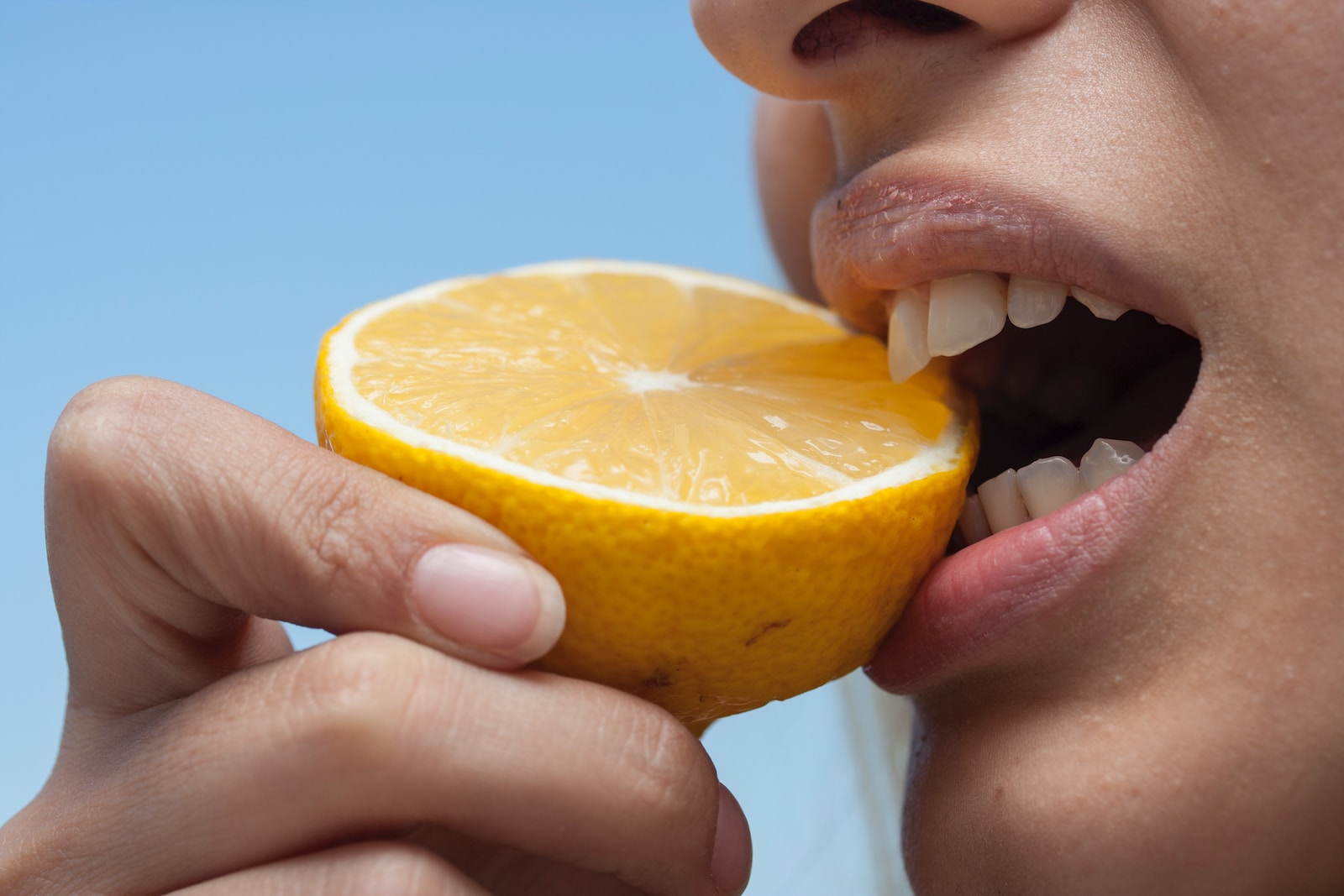Ironman Bike Fueling 101 – All About Eating and Drinking During Ironman Bike Leg
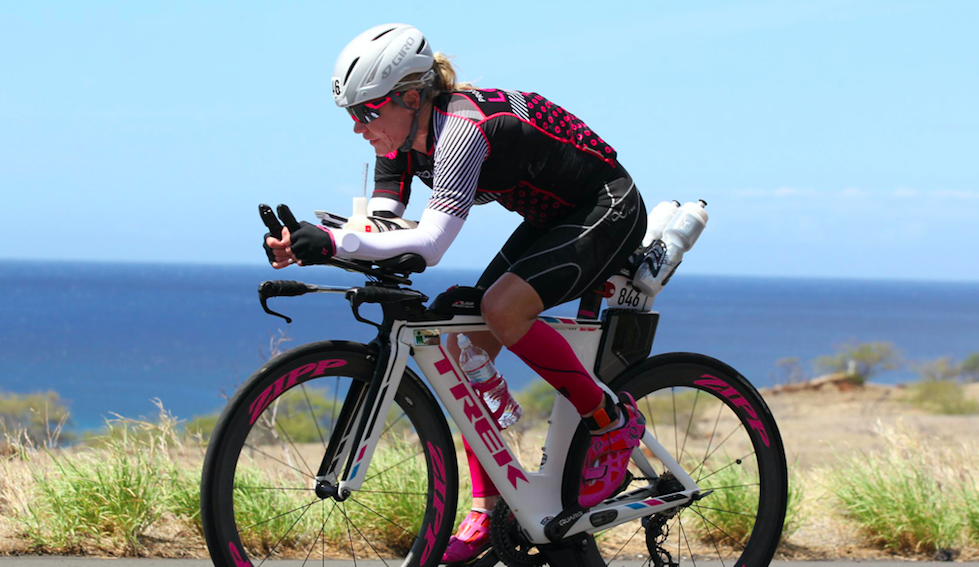
Ironman Bike Fueling 101
Whether you’re a seasoned athlete or new to the 140.6 scene, nailing your IRONMAN bike fueling/hydration plan can be tricky, with a lot riding on getting it right. With the numerous sports nutrition products on the market today, figuring out how to fuel for 5-7 hours can be daunting, and there’s no one-size-fits-all solution. What works for one athlete doesn’t necessarily work for another, and no matter how appealing it might sound, the “rolling buffet” approach—eating and drinking everything in sight along the race route—will do more harm than good.
Even for athletes with a solid, well-rehearsed fuel plan, where to store and how to replenish your fuel along the 112-mile route presents another puzzle.
So, hang tight, here’s a simple step-by-step guide to help dial in your bike nutrition plan.
Why is IRONMAN bike fueling so important?
The bike leg is the longest portion of the IRONMAN and, because your heart rate will be lower compared to the run, it is the opportune time to absorb fuel and fluids. That said, it’s not a free-for-all. A feeding frenzy during your ride sets you up for an array of GI issues on the run.
Rather than eat your way through the course, you’ve got to be strategic and have a well-rehearsed plan. The body needs easily digestible simple carbohydrates during training and racing to avoid depleting your limited glycogen stores and “hitting the wall.” The goal is to match the carbohydrate (CHO) burn per hour, not the total calories reported on your device.
What do I fuel with on the bike?
It’s the million-dollar question, and if we asked 100 triathletes, we might get 100 different, yet effective, answers. Here’s the thing: you need to figure out what works for you. Well before race day, decide what you like (taste, consistency, flavor), calculate what you need, and practice repeatedly in training sessions until you get it right.
Here are fueling guidelines to go by:
- Plain water may be a good thirst quencher, but it’s not an effective hydrator. Use a properly formulated sports or electrolyte drink such as Gatorade Endurance Formula (served on bike course) that contains additional sodium.
- Aim for 60-90g CHO/hr (240-360 calories) from a combination of rapidly oxidized carb sources such as glucose, dextrose, maltodextrin, and fructose mixtures.
- Consuming a combination of carb sources is best as they are absorbed through different mechanisms and break down into blood glucose at different rates, decreasing the risk of gastrointestinal distress.
- Properly formulated sports drinks, energy gels, sports chews, and well-tolerated energy bars are effective fuel sources.
- Wash down solid carbohydrates (chews, gels, bars) with water to dilute your gut and enhance gastric emptying.
- Use sports drinks of <6% carbohydrate concentration. These provide hydration, electrolytes, and fuel and are easily absorbed at various heart rates and efforts.
- Sports drinks can be conveniently stored in aero bottles, bottle mounts in the rear or down tube.
How should I hydrate?
Dehydration, defined as a fluid deficit of >2% body weight, causes fatigue, poor performance, and an increase in core body temperature, heart rate, and perceived exertion.
Fluid and sodium needs are unique to each individual and can be determined through a sweat rate test and training sessions. However, numerous studies have shown that endurance athletes with high sweat rates and a high sweat-sodium concentration sustain significant sodium losses. Hyponatremia, a condition that arises when blood sodium levels are too low, occurs when fluid intake exceeds sweat and urine loss, or when fluid replacement lacks sufficient sodium. If you notice you gain weight during exercise, it’s a good sign you might be overhydrating with a low- or no-sodium fluid (water).
- Drink early and often on the bike, with the goal of consuming 4–8oz (120–240ml) every 15 minutes. Small, frequent sips are ideal.
- Don’t depend on thirst to tell you when to hydrate. Drink according to your schedule.
- A good indication of proper hydration on the bike is the need to urinate once every 2.5 hours.
- 500–1000mg/hr sodium is a general recommendation and a good starting place, although it varies widely among athletes.
When should I fuel?
It’s important to start fueling within the first 10-15 min of the bike since you will be in a calorie deficit from the swim. Waiting too long to fuel increases the possibility of dehydration, which can cause gastrointestinal problems (cramping, vomiting, or diarrhea).
Remember to execute steady pacing from the start. Going too hard too early will shut down your gut, causing bloating and a sloshy stomach, sabotaging your fuel plan from the start.
If you choose a solid (for example, a sports bar) on the bike, taper off one hour before T2 to allow for gut emptying. Continue to sip properly concentrated sports drinks and water. The last gel or chews should be consumed approximately 20 minutes from T2.
What should I expect on race day?
IRONMAN offers bike fuel stations along the course and self-packed special-needs bag midway through you can stock with sports nutrition and other essentials to get you to T2. If you choose a sports drink other than Gatorade Endurance, plan to carry enough on your bike to last to the bike special needs location where you’ll restock for the remainder of the ride. Check the IRONMAN Athlete Guide for the exact mile location.
Bike IRONMAN aid stations are approximately every 15 miles. In 2018, they will serve the following:
- Gatorade Endurance Formula (Flavor: Orange) (24oz – 42g CHO, 600mg sodium)
- Water
- Bananas (one medium – 30g CHO)
- Clif Shot Energy Gels (1 gel – 22-24g CHO, 60-90mg sodium)
- Clif Bloks Energy Chews (3 chews – 24g CHO, 70mg sodium)
- Clif Bar Minis (1 bar – 17-18g CHO, 65-100mg sodium)
- Red Bull (8.4oz -27g CHO, 100mg sodium)
Will carrying fuel and hydration slow me down?
It can, but it doesn’t have to. Find a bike that marries form and function, so you can focus on your own performance without worrying whether your equipment is up to the task. Front mounted aero bottles allow for accessible hydration via a drinking straw while remaining in the aero position, saving precious time. Bento or fuel boxes mounted on the top tube by the stem, serve as storage for solids and semi-solids as well as back pockets for overflow or back up fuel.
On race day there are many distractions that can throw you off if your plan has too many variables. So, keep your fuel plan simple, easy to follow, and well-rehearsed.
Most of all, enjoy the process and journey – arriving at the start time healthy and fit is an accomplishment in of itself.
Ironman Bike Fueling 101 Ironman Bike Fueling 101

